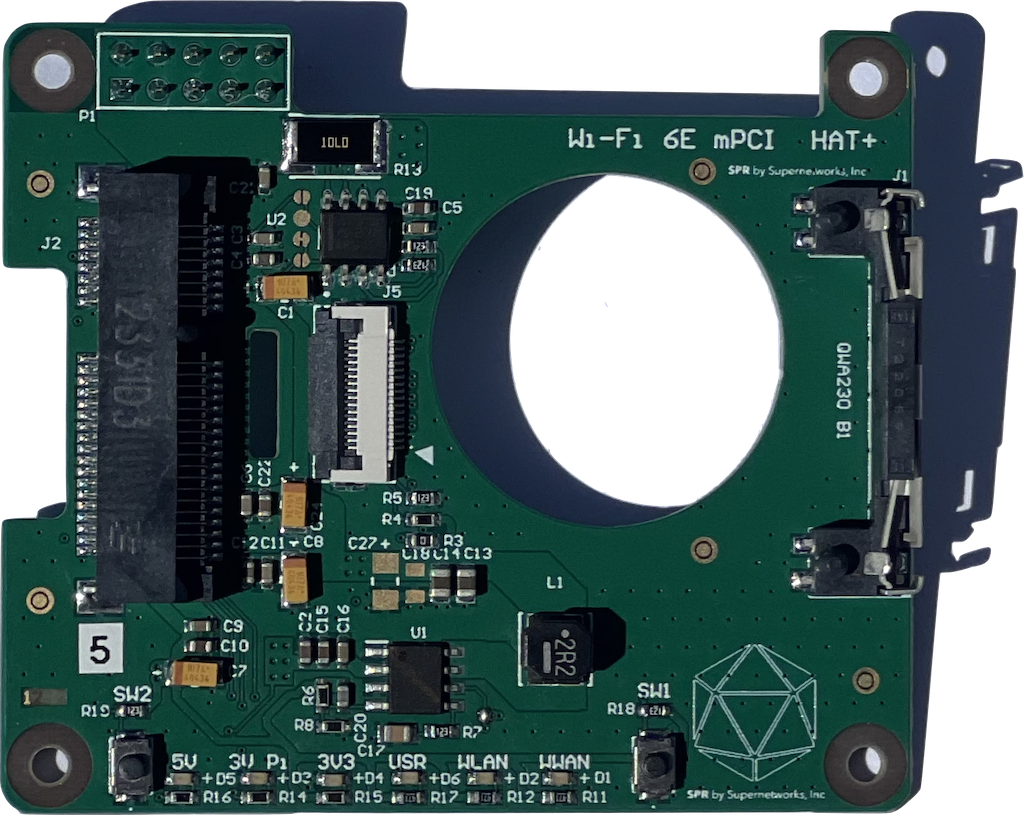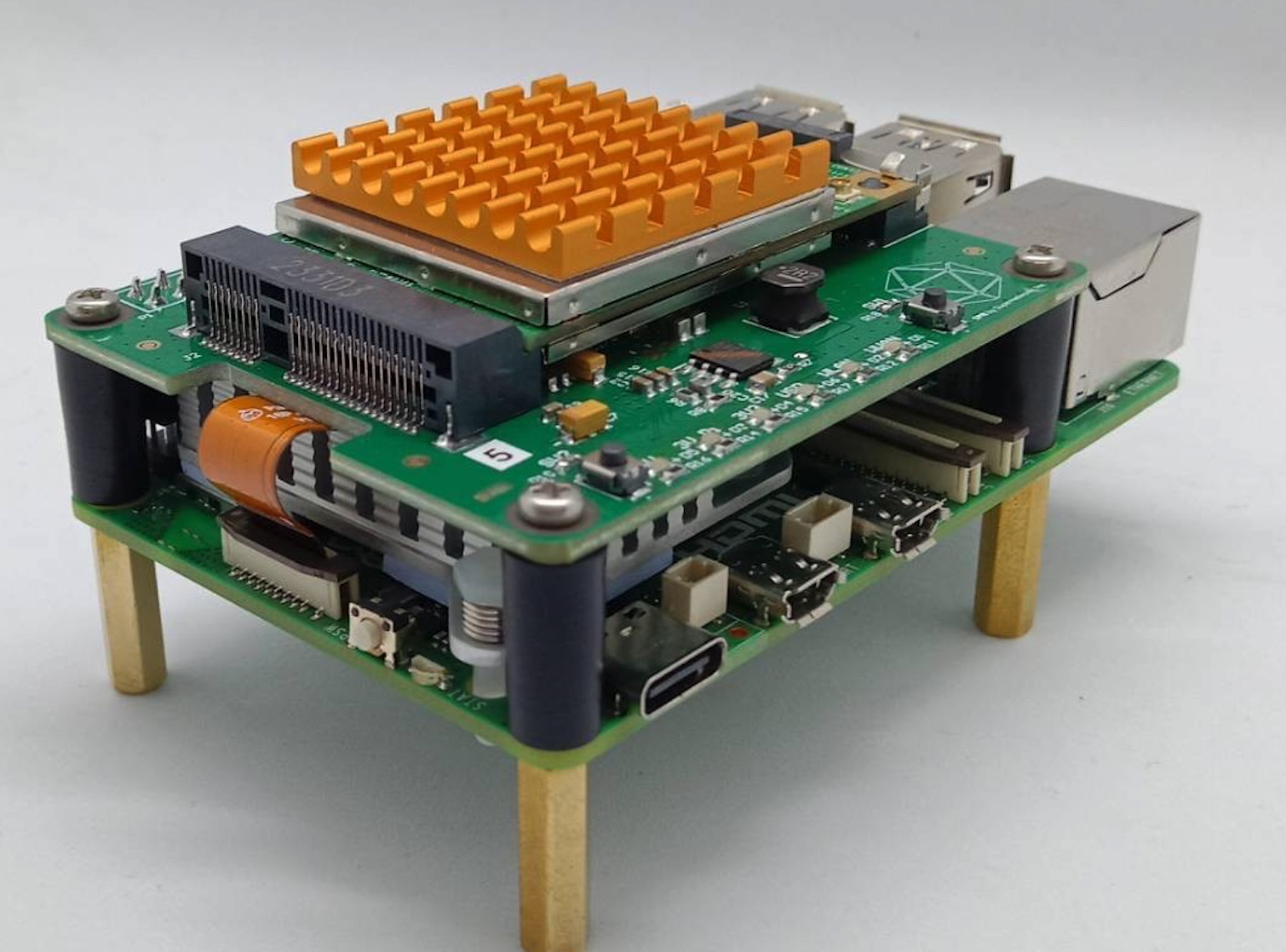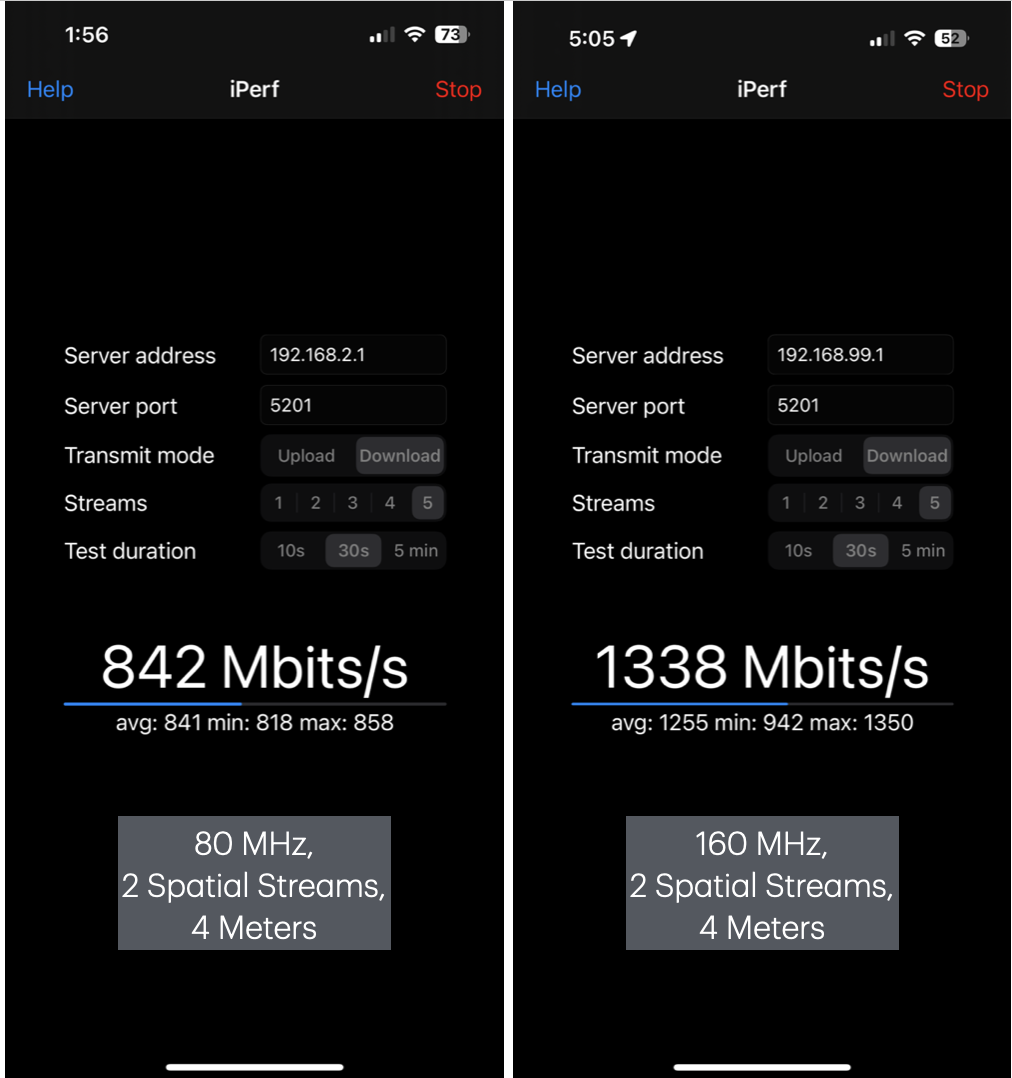PI5 Hats and More, Unleashing the Power of Modular Router Hardware

Modular Router Hardware
I'm excited to announce that Supernetworks will be releasing Compute Module based and Pi5 Expansion HAT based access points. The HATs and Compute Modules are expected to be generally available this summer.
The second tenant of Sustainability is Reuse. Companies like Framework have been spearheading the charge towards a better form of computing by building upgradable laptops and soon other devices.
With what the Raspberry Pi Foundation offers people, we are able to bring some of the benefits of modular computing to Access Points as well. Modularity takes ownership one step further, letting people reuse the hardware for other projects, and upgrade it to make it powerful, without any soldering required.
Why Raspberry Pis Rock
For us it's been easy to admire the Raspberry Pi community in particular. They're not perfect, but across the board, these devices all the way from Wales are highly capable. With the support of the community, Ubuntu, and many other people, software support for them is generally good for quality, security, and keeping current with the innovation that happens on Linux every single day.
When we started building Supernetworks, people on forums would say PIs even with adapters would be too slow for a router and can't push past 100mbps, but we quickly found that to be nonsense, and were able to max out USB3 dongles for speeds over 650 Mbps with WiFi 5 and hit line speed (1Gbps) over the built-in ethernet as well as a USB3 Ethernet adapter. With WiFi 6 dongles, the speeds got even faster. All it took was some IRQ balancing to keep packet processing, USB3, and the built-in ethernet from thrashing the same core on interrupts. The dongles are key because although the PIs have a built-in wifi card, it does not make a great Access Point. At the time the built in card was missing WPA3 support, still has a limited internal antenna, and still today has no support for AP/VLAN for isolation.
One of the key limitations of using only a single USB3 WiFi dongle is that it is single-band. With the PI5 and HATs we can address this.
The PI5 Hats
Together with design firms we've been able to iterate with PI5s to turn them into dual-band/tri-band devices. The Pi5 HATs allow expanding a PI5 with PCI Express to add devices. To fully power Mediatek MT7915/6 cards we needed a custom HAT that could drive more power.

The HATs sit on top of the Pi5 and connect over the GPIO pins for power and the FPC cable for PCI.

Together with the MT7916 cards this makes the Pi5 into a highly capable dual-band access point, with one of the bands potentially being 6ghz. With an additional USB dongle it is possible to run the Pi5 as a tri-band router. We've been able to fully saturate all three bands. It's only when a 160Mhz channel is used (with speeds over 1 Gpbs) that we start to see I/O tuning matter for maintaining full bandwidth across USB3 and the mPCIE wifi card simultaneously.
Speed Tests Show Off Pi5 I/O
On the Pi5s we're actually seeing the best speeds we've ever seen with the MT7916 cards.

Not bad for a package that fits in the palm of your hand.
The image on the left represents a bandwidth test using the built-in ethernet for uplink. The image on the right represents a bandwidth test with only wifi as the built-in ethernet tops out at 1Gbps.
Using an AX210 card on an intel laptop instead of the iPhone 15, to connect to the Pi5, we've seen 160 MHz connection throughput momentarily top out at 1.9Gbps over TCP, from close range.
Next Steps
The HAT enables Raspberry Pi 5s to achieve impressive wifi throughput and full coverage for wifi bands. While we scale up production, we're also finishing up wifi enclosures. We have an interest form if you'd like to stay posted on updates. You can also preorder a HAT today